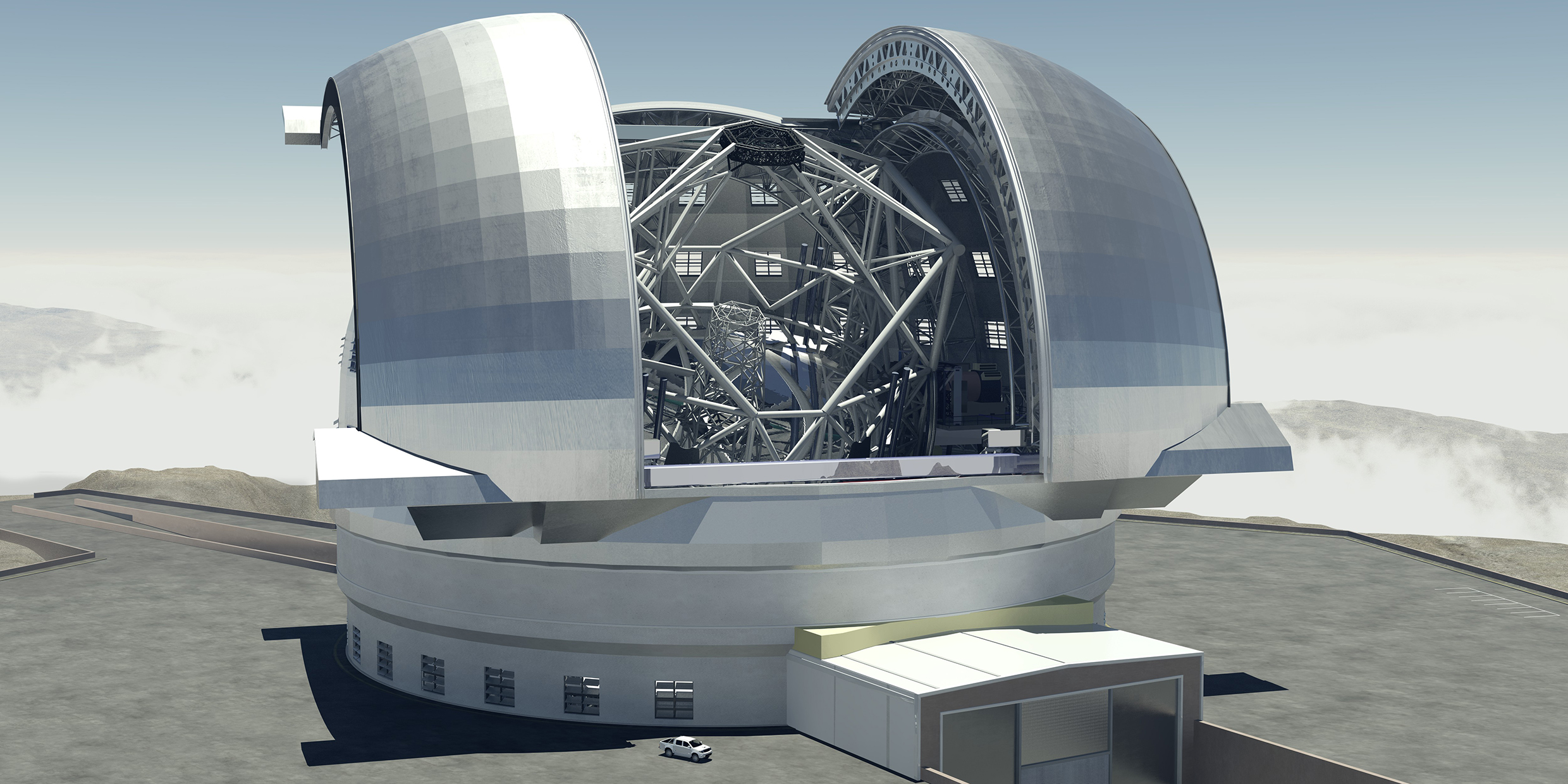Originally published 12 December 2000
To be human is to be interested in origins.
Every human culture has had stories of creation, handed down generation to generation from supposed ancestors who were witnesses to the original events, or who were told of the beginning by animals or gods.
Then, 200 years ago, humankind made an epic discovery: The world is vastly older than humans and animals. All of human history is a blink in cosmic time. The creation happened billions of years ago, long before there were sentient beings to record the relevant stories.
So, is the creation beyond reach of human knowing? A time machine would be nice, a way to travel back to the beginning and witness for ourselves exactly what happened. As a matter of fact, such time machines exist. They are called telescopes.
When we look with our telescopes into the depths of the cosmos, we are also looking back in time. Because light travels with a finite velocity — 186,000 miles per second — it takes time for the light of distant objects to reach us. When we see a galaxy 2 billion light-years away, for example, we are seeing that galaxy as it existed 2 billion years ago Earth-time.
And since we live in a typical corner of a universe that is governed everywhere by the same physical laws, that far-away galaxy presumably looks pretty much like our own galaxy might have looked 2 billion years ago.
If the universe evolves, then we will see the changes as we look into deep space. And if the universe had a beginning, then the creation should be visible if we look deep enough into time.
When it comes to using telescopes as time machines, bigger is better. The bigger the mirror of a telescope, the more light it collects, and therefore it is possible to see more distant, fainter objects. And the bigger the mirror of a telescope — all other things being equal — the sharper will be the images that we see.
But all other things are never equal. To sharply focus light of a distant object, a telescope mirror must have a curvature that is accurate to a few tens-of-thousandths of an inch. Maintaining that accuracy means rigidity, and rigidity generally means bulk. But bulk means weight, and weight means sag. Bulk also means distortions due to temperature inequalities. All of which throw an image out of focus.
Assuming these problems of gravity and temperature can be solved, there is still the turbulence of the Earth’s atmosphere. Looking out at the universe from the surface of the Earth is like looking at clouds in the sky from the bottom of a sloshy swimming pool. For ground-based instruments, the sharpness of images is more often limited by atmospheric distortion than by optics.
Atmospheric distortion can be eliminated by putting a telescope in space, which is why the Hubble Space Telescope, with a mirror less than 8 feet across, is currently outperforming the huge Keck 1 telescope on Hawaii’s Mount Kea with a mirror four times wider. But putting telescopes in orbit and maintaining them there is hugely expensive. The Next Generation Space Telescope, now scheduled for launch around 2009, will cost at least $1 billion dollars.
Meanwhile, cheaper ground-based behemoths are on the drawing boards, most dramatically a European initiative for an OverWhelmingly Large telescope, or OWL, with a mirror 100 meters in diameter. This is about 10 times wider than the biggest telescopes at work today, with a light gathering area 100 times larger.
There would be no point in building such a scope unless astronomers were able to compensate for atmospheric distortion, and fortunately a technology to do this is now available, at least in principle. It is called adaptive optics, and uses high-speed computers to instant-by-instant modify the shape of a flexible mirror to compensate for atmospheric turbulence. The big new ground-based telescopes of the future will replace bulk with intelligence.
OWL will require supercomputers many times faster than any that exist today, but the telescope’s designers are anticipating that computer technology will keep up with their plans; presumably, by the time OWL opens its proposed eye on the universe, there will be computers fast enough to keep its eye in focus.
And what will OWL and the other planned behemoths see? Farther and deeper into the abyss of time, to within a few hundred million years of the Big Bang. With luck, they will see the first stars and galaxies being born out of the primeval matter. They will find clues to how an early universe of smooth radiation became a lumpy universe of matter. And maybe, just maybe, they will see things that no astronomer has anticipated, perhaps even things that will change our story of how it all began.
Bigger, better telescopes are humanity’s way of witnessing the creation.



